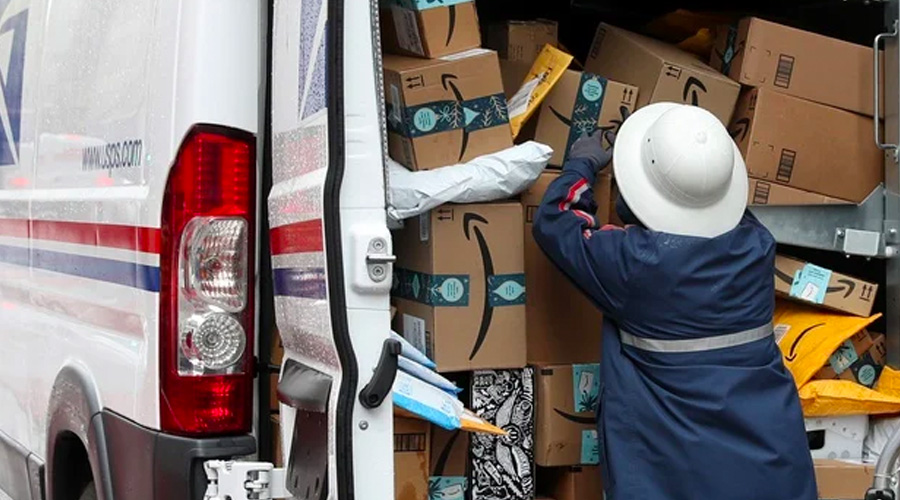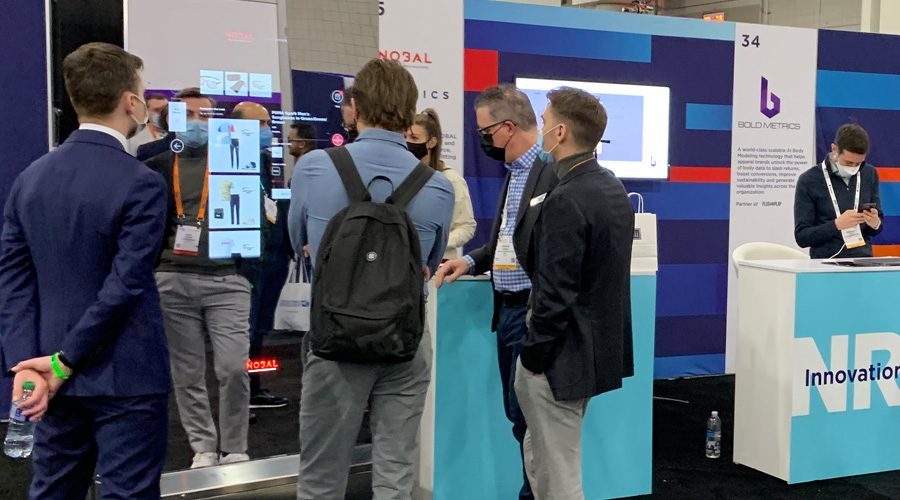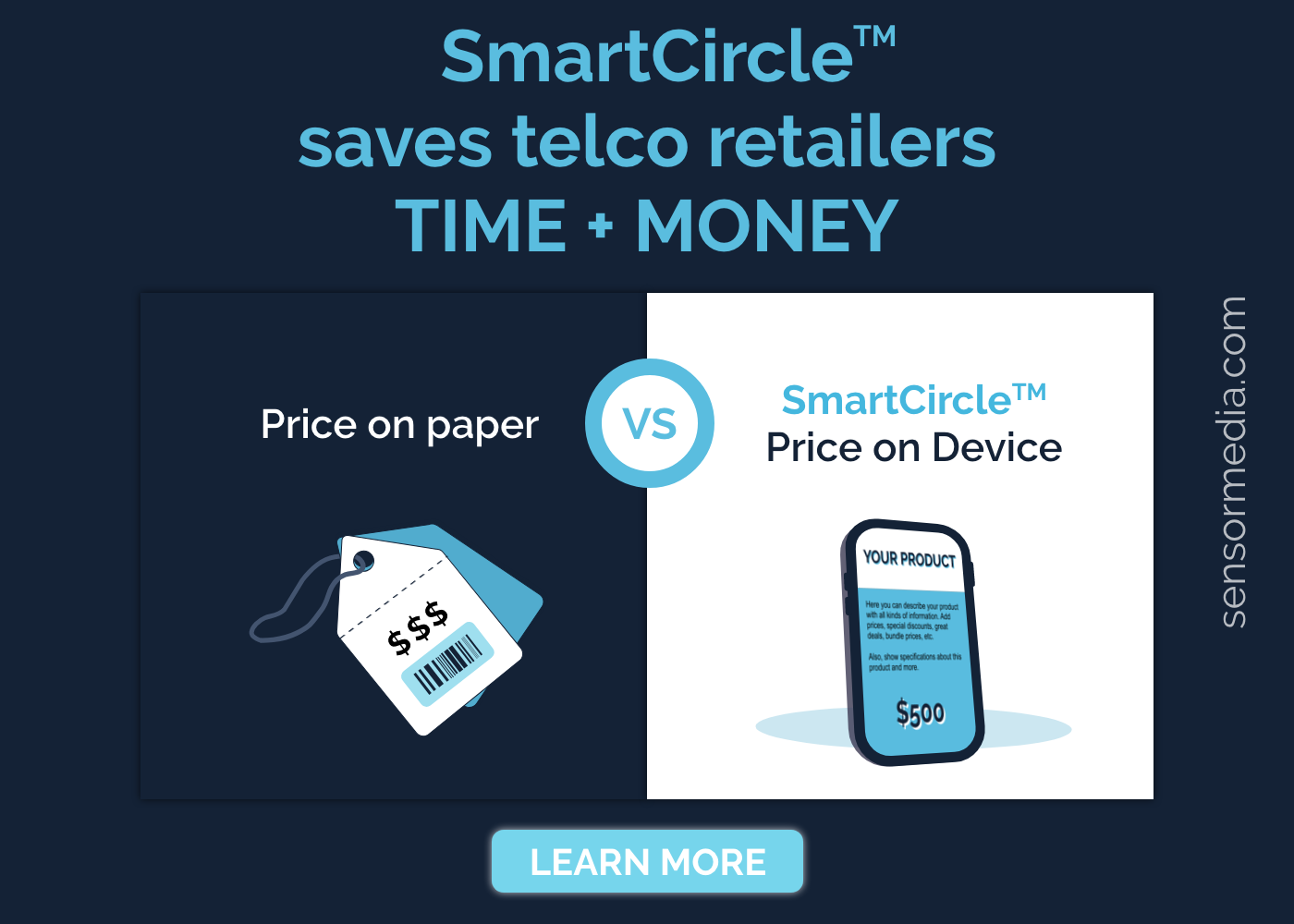Article Highlights:
December is typically followed by a tidal wave of returned merchandise, but by making the return process painless, transparent, and visible, retailers can reduce ‘return anxiety’ for both customers and themselves.
The reality is that 20%-30% of products ordered online are returned, with 9% of brick-and-mortar purchases returned. If retailers don’t approach this problem head-on, there will be a significant and growing negative impact on sales and profitability. On the other hand, if optimally managed, returns can become part of a retailer’s growth strategy. A former head of customer experience at Amazon has said, “Customers who had a great seamless return experience would drive more sales than a customer who never had to return a product.” To simplify that statement, returns can boost sales. And in order to enable that growth, returns processes need to achieve three “wins”: enhanced customer experience, cost optimization, and revenue preservation.
To achieve these goals, retailers need to do 5 things: Make the return process painless by being transparent and visible; reduce the need for returns using predictive return analysis; create frictionless, convenient, easy returns; optimize reverse logistics and speed to make product available for sale faster; and use innovate approaches to prompt future repurchases such as personalizing replacement options during a return.
Armed with these strategies, retailers can and should start deploying a new set of returns practices, technologies and solutions as soon as possible.







